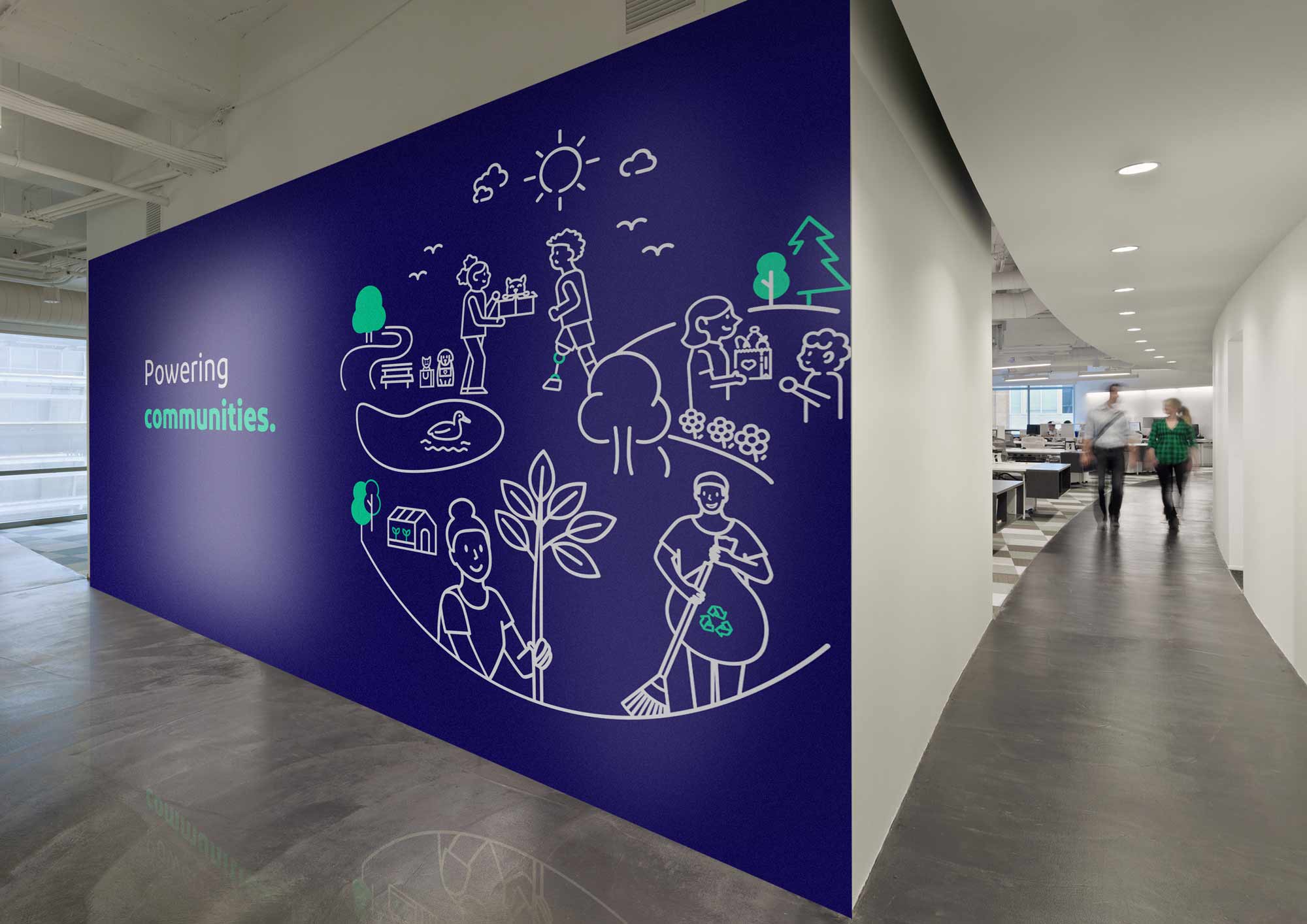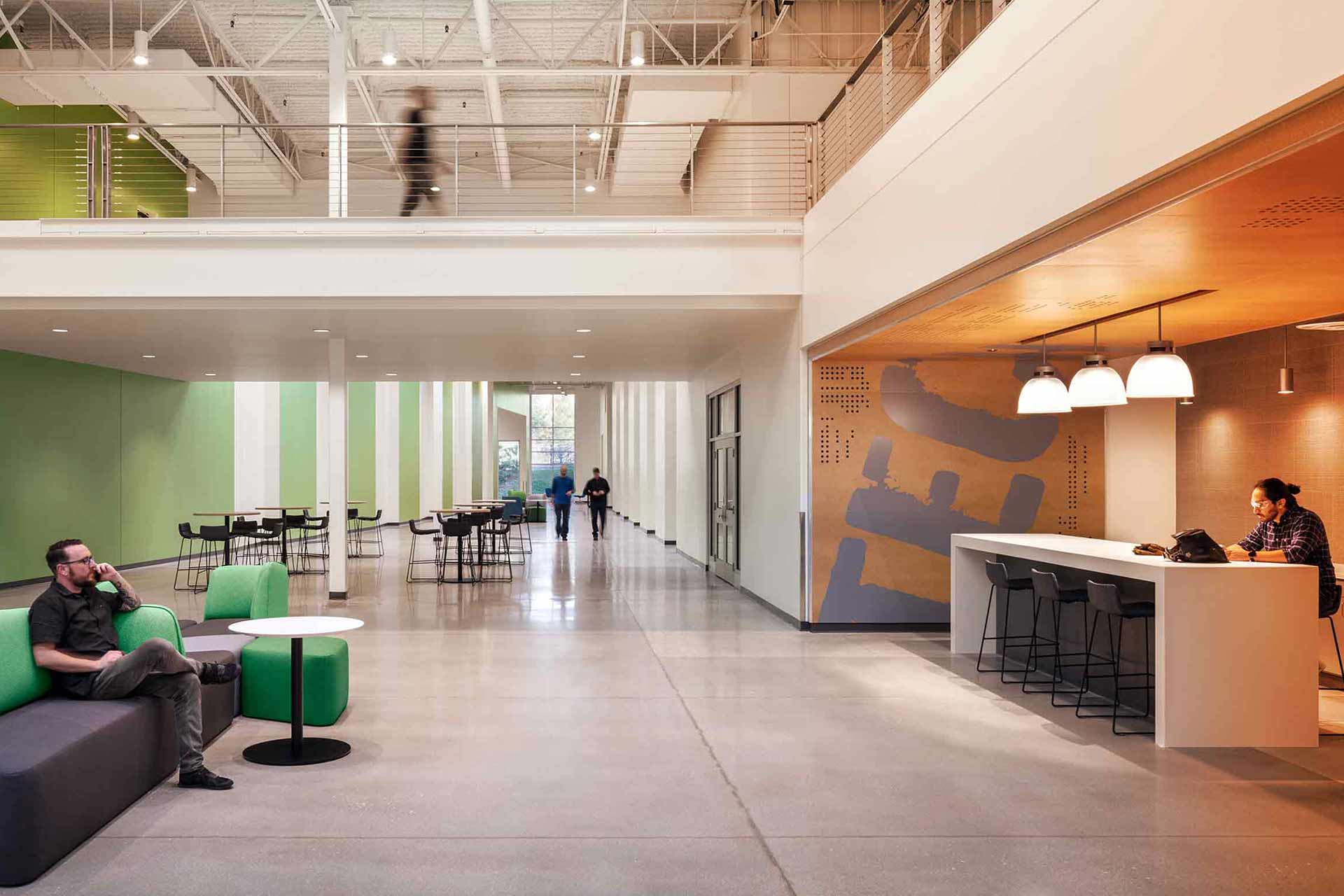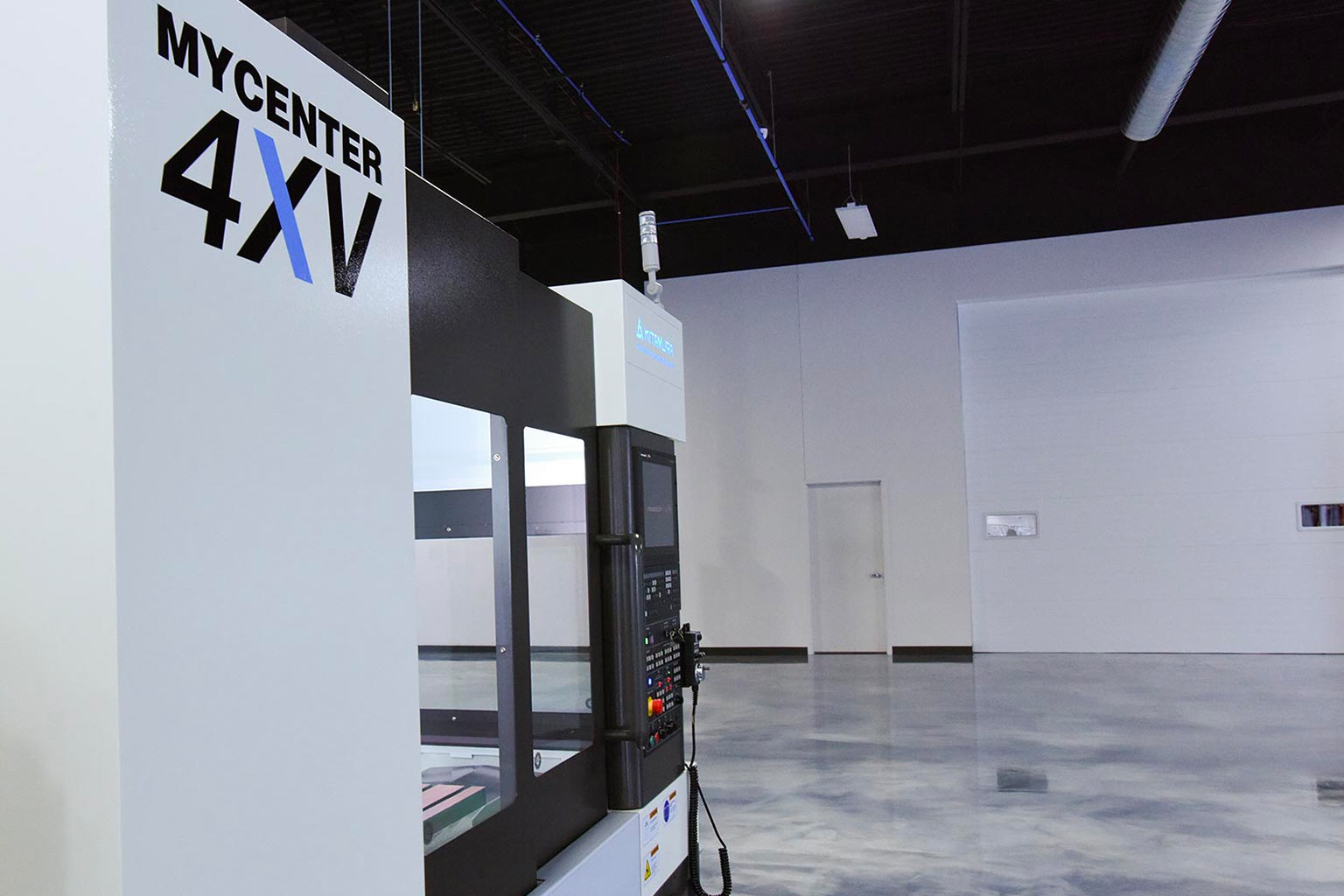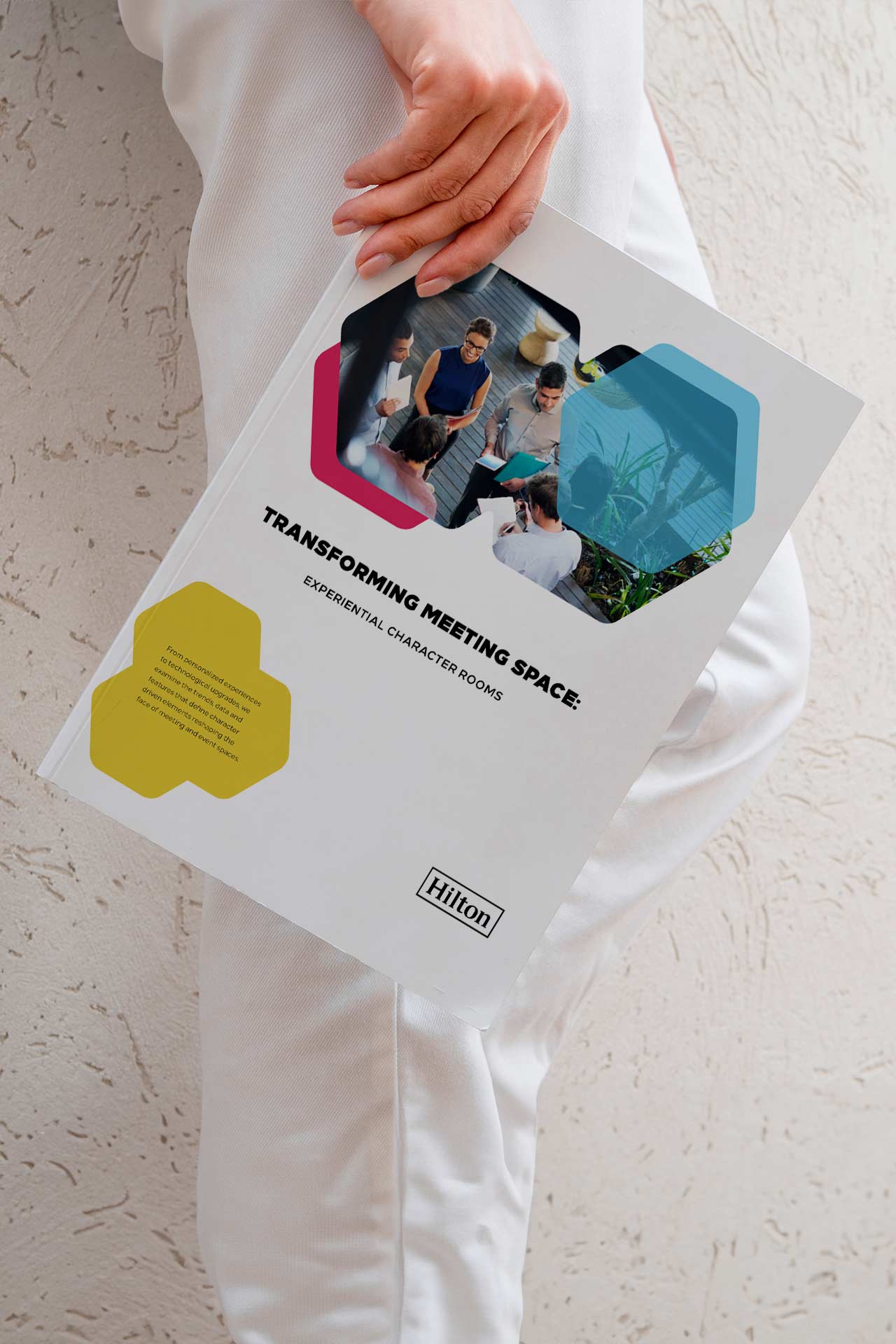Designing a successful website requires more than just a good idea and a talented design team. It requires a process that involves continuous user testing and web site design iteration to ensure that the website meets the needs and expectations of the target audience. In this article, we will explore how user testing and iteration can enhance your website and lead to greater success.
Why User Testing and Versioning Matter
User testing and iteration are essential to the website design process because they allow designers to gather feedback and make improvements to the design based on user needs and preferences. By testing the design with real users and gathering feedback on their experience, designers can identify pain points, areas for improvement, and opportunities for optimizing usability.
Iterative design involves making changes to the design based on user feedback and testing the changes to see if they improve the user experience. This process is iterative, meaning that it involves multiple rounds of testing and design changes until the website design meets the desired level of user experience and engagement.
Benefits of User Testing and Iteration
- Improved User Experience
User testing and iteration can improve the user experience by ensuring that the website design meets the needs and expectations of the target audience. By gathering feedback on user preferences and pain points, designers can make improvements that enhance the user experience and increase engagement.
- Increased Engagement
Iterative design can increase engagement by capturing the user’s attention and encouraging them to interact with the website. By making changes based on user feedback, designers can create a design that is more appealing and engaging to the target audience.
- Higher Conversion Rates
Iterative design can also lead to higher conversion rates by optimizing the design to guide users toward the desired actions on the website, such as completing a purchase or filling out a form. By making changes based on user feedback, designers can create a design that is more effective at driving conversions.
Best Practices for User Testing and Iteration
- Define User Goals
The first step in the user testing and iteration process is to define the user’s goals. This involves understanding the needs and expectations of the target audience and creating a design that aligns with their goals.
- Test Early and Often
Testing should be done early and often throughout the design process to gather feedback and make improvements as needed. This can include usability testing, surveys, card sorting exercises, or other methods.
- Gather Feedback
Feedback should be gathered from real users to ensure that the design meets their needs and preferences. This feedback can be used to identify pain points, areas for improvement, and opportunities for optimization.
- Iterate and Refine
Iterative design involves making changes based on user feedback and testing the changes to see if they improve the user experience. This process is iterative, meaning that it involves multiple rounds of testing and design changes until the website design meets the desired level of user experience and engagement.
- Document Changes
Documenting changes throughout the iterative design process can help designers keep track of the design decisions that were made and ensure that the design is consistent and effective.
In conclusion, user testing and iteration are essential to the website design process and can lead to greater success by improving the user experience, increasing engagement, and driving higher conversion rates. By following best practices for user testing and iteration, designers can create solutions that are effective, user-friendly, and meet the needs and expectations of the target audience.









